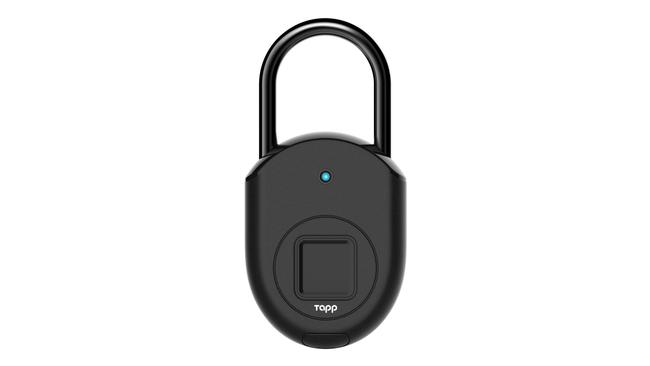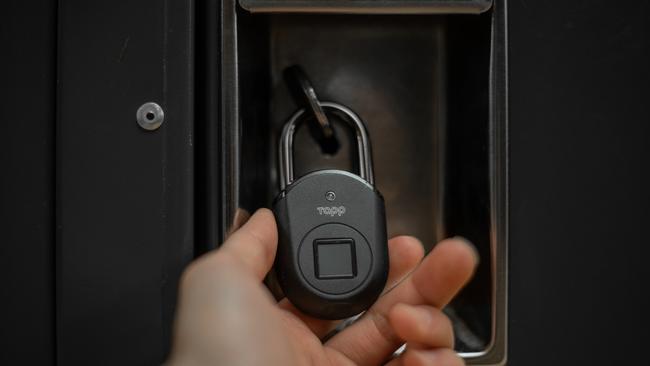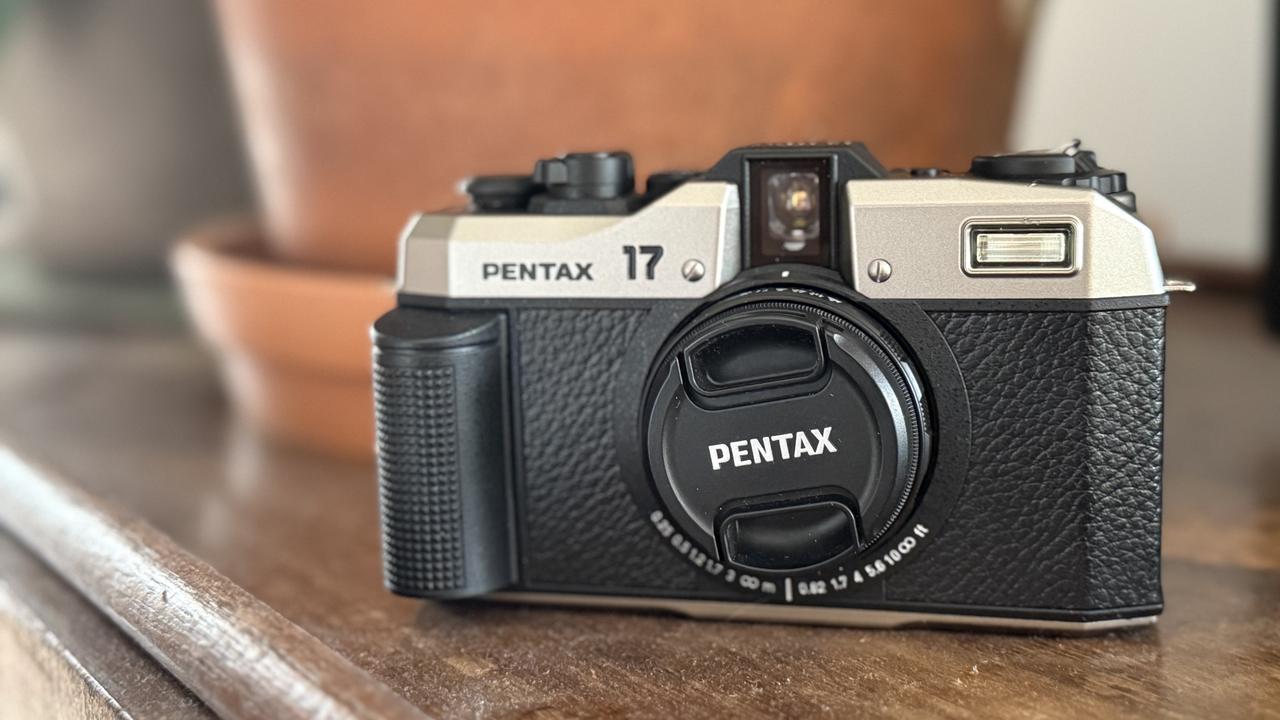Developers hot on the scent of noseprint ID
The use of biometrics — fingerprint, face, iris, voice and vein recognition — continues to grow.

The use of biometrics — fingerprint, face, iris, voice and vein recognition — continues to grow. It’s not just human biometrics now. Lost dogs and cats could become a thing of the past if proposals for animal biometrics take off.
In the publication Science Direct, Future Generation Computer Systems has outlined a monitoring system for dogs that involves registering facial features. It would be used for security, tracking and identification.
One vendor at this month’s Consumer Electronics Show in Las Vegas, South Korea’s Union Community, has pitched identifying dogs using noseprints, which apparently can be individually identified. The concept has been around for a long time with a patent filed many years ago, but a new version of the classification system uses artificial intelligence and deep learning.
Union Community has developed a UBio Pet ID nose print scanner for this purpose.
Meanwhile the cases for human fingerprint, face and iris recognition continue to grow.
Fingerprint recognition is being applied to more types of locks. The gym at the complex where I live already uses fingerprint recognition to admit bona fide residents. It’s not only convenient for residents who don’t need to take a key to the gym, it also lets administrators manage exactly who can and can’t enter, and managers can easily add and revoke access.
At CES, Hampton Products in partnership with start-up Benjilock showcased house deadbolts that offer fingerprint recognition for home entry. Benjilock unveiled bicycle locks with fingerprint unlocking. That will be convenient for cyclists who don’t want to carry keys.
Even the common padlock is getting a makeover. At CES we got our hands on Tapplock lite, a modern version of a small padlock that is suited to lockers, cabinets and tool boxes. I wouldn’t use one of these small locks to protect the family jewels, but they will dissuade an opportunistic thief.

Tapplock lite stores 100 fingerprints so you can register one print each for 100 people, or two fingerprints of 50 people — whatever you decide. To unlock, you push up the top of the lock (which turns the lock on) and press the fingerprint sensor. I found it opens mighty quickly.
You can also unlock Tapplock lite using a Bluetooth-connected and paired smartphone running the Tapplock app, and using “Morse code”. You can define a series of dots and dashes to use when you register the lock on your phone.
The Morse code option lets you open the lock even if your hands are too wet to register correctly on the lock’s fingerprint scanner. You press the top of the lock in the rhythm you created.
The app retains a history of who has used the lock, and when.
Tapplock lite is charged via a USB-C port and the company claims eight months’ battery life, or 1200 unlocks. It is priced at $US39 ($57).
The company also sells a larger lock. Tapplock one+ stores 500 fingerprints and, according to Tapplock, lasts a year on one battery charge, or 3500 unlocks.
Reviewers were able to compromise Tapplock one+ when the lock was initially released. This forced Tapplock back to the drawing board. The revised lock is getting better reviews. It has an IP67 waterproof rating, so it can be used outside. Tapplock one+ is $US99.
Businesses that use Tapplock have access to an enterprise app that offers managers more granular control over who accesses which locks.
Both locks are available from Tapplock’s website.
Chris Griffith travelled to the Consumer Electronics Show in Las Vegas courtesy of Hisense.


